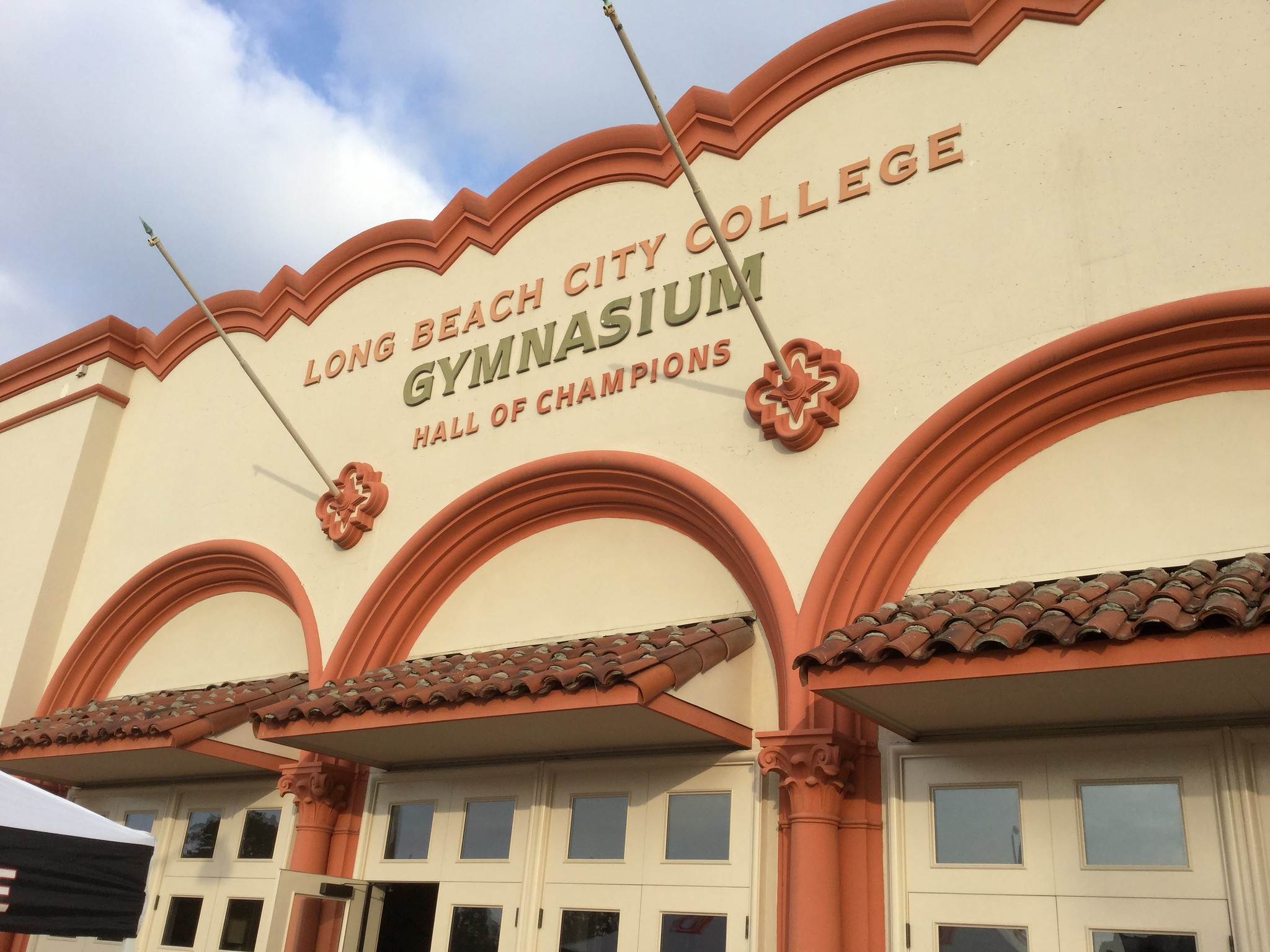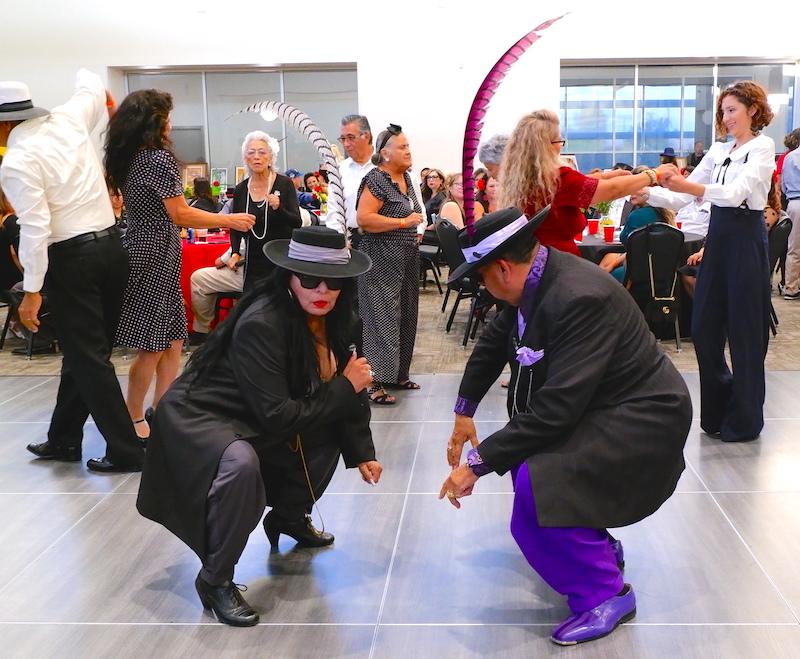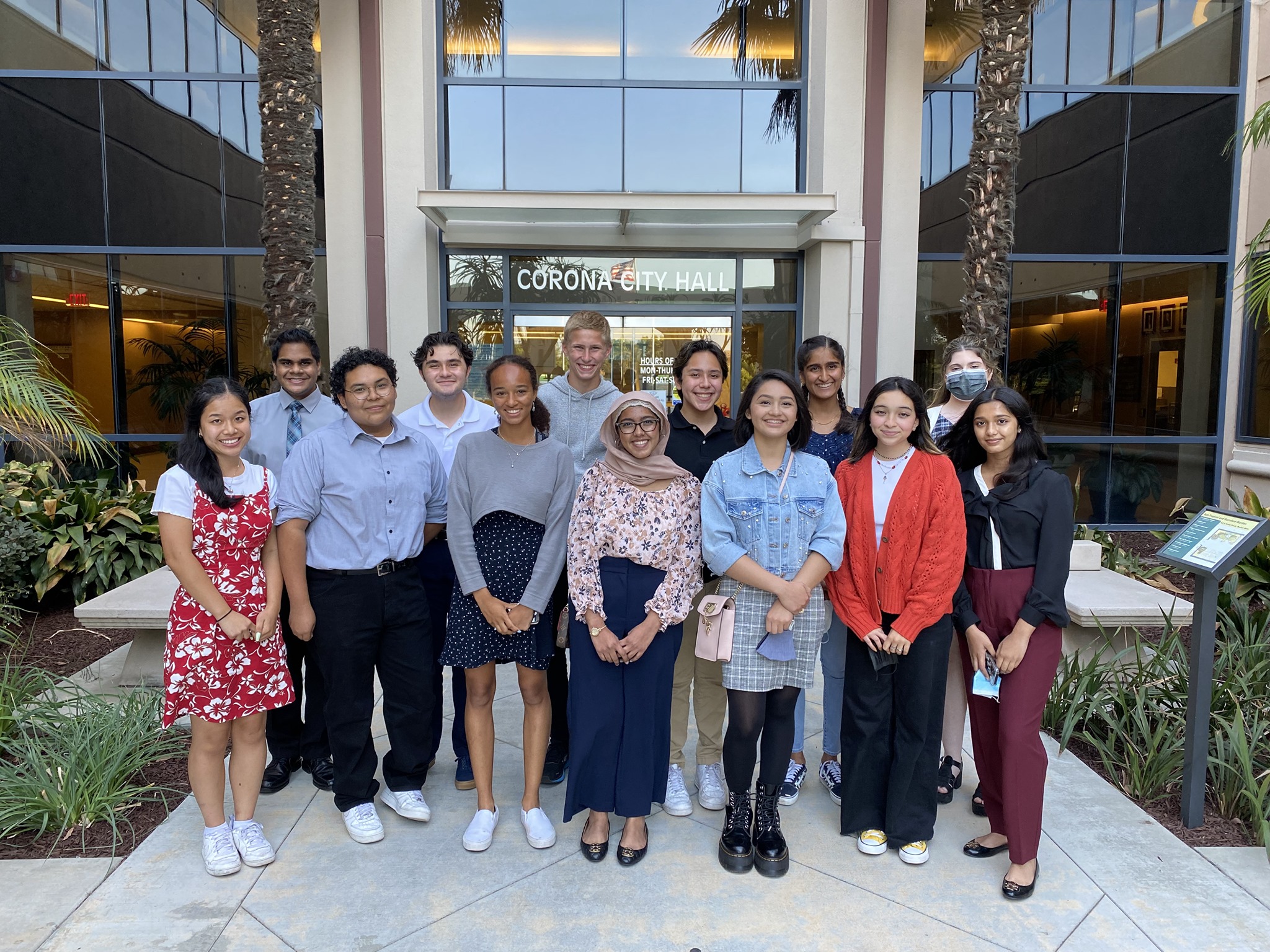Tribal leaders and elected officials were in the nation’s capital Wednesday advocating for the establishment of a Chuckwalla National Monument near Joshua Tree National Park.
The delegation urged President Joe Biden to assign the national monument designation to protect the homelands of the Iviatim, Nüwü, Pipa Aha Macav, Kwatsáan and Maara’yam peoples, also known as the Cahuilla, Chemehuevi, Mohave (CRIT Mohave), Quechan and Serrano nations, according to the Protect CA Deserts Coalition.
“Since time immemorial, we have called the lands in the proposed Chuckwalla National Monument home,” Secretary Altrena Santillanes of the Torres Martinez Desert Cahuilla Indians said in a statement. “These lands contain thousands of cultural places and objects of vital importance to the history and identity of the Torres Martinez Desert Cahuilla Indians.”
The proposed monument is 627,000 acres of public lands, plus an additional 17,000 acres in the Eagle Mountains.
Monument status would “protect important heritage values tied to the land, such as multi-use trail systems established by Indigenous peoples and sacred sites” and would further recognize tribal sovereignty, monument proponents said. The designation would also enable opportunities for finding new strategies for tribal and federal officials to co-steward indigenous homelands.
“The cultural resources and landscapes within the monument are not just a legacy from our ancestors but a treasure to preserve for generations to come as the original stewards of these lands,” Jonathan Koteen from the Fort Yuma Quechan Indian Tribe Council said in a statement.
Monument advocates said additional protections for public lands would lead to more equitable access to the natural areas of the eastern Coachella Valley and adjacent areas, including Mecca’s Painted Canyon trail and Box Canyon in the Mecca Hills, the Bradshaw Trail in southeastern Riverside County and Corn Springs Campground.
The proposed monument complements the Desert Renewable Energy Conservation Plan, according to Protect Chuckwalla. “Monument boundaries were specifically drawn to avoid areas identified in the DRECP as suitable for development,” and the DRECP itself identifies areas in the eastern Coachella Valley that should remain natural and undeveloped or industrialized.
“As the original stewards of these lands we have been tasked with preserving the cultural, natural, and spiritual values imparted by our ancestors,” David Harper of the Mojave Elders for the Colorado River Indian Tribes said in a statement. “Therefore, caring for these lands is a sacred duty and honor.”
At least two dozen members of Congress from California, including Rep. Raul Ruiz, D-Indio, and Sens. Alex Padilla and Laphonza Butler, have requested a presidential proclamation under the 1906 Antiquities Act to formally approve the Chuckwalla monument, according to a letter the legislators jointly sent to the president in April.
The proposed monument also has support from tribal officials, at least eight municipal governments in the Coachella Valley and more than 225 area businesses and organizations, according to monument advocates.
“For the Quechan people, a national monument designation status for the land means preserving the lifeways, culture, stories and teachings that connect us to our past, present and future,” Donald Medart Jr. of the Fort Yuma Quechan Indian Tribe Council said in a statement. “We’re calling on President Biden to help us continue to share the beauty of these places that our ancestors entrusted us to steward by indefinitely protecting them.”
The Blythe city government opposes the proposed monument “as currently drafted due to concerns of further public access restriction in the area, tourism, solar development and potential impact to the local economy,” according to a city statement in June.
“The City recognizes the importance of preserving historical sites, conserving natural resources, and upholding public access to land; and, it is unable to endorse the current draft of the proposed monument,” Blythe Mayor Joseph DeConinck said in a statement.
Blythe officials have requested that the area east of Desert Center up to the Colorado River be excluded from the monument’s boundaries.
“With the Desert Renewable Energy Conservation Plan in place the monument designation in this area is not necessary,” according to Blythe, which stands to gain economically from solar field development.
“The monument designation began as an official and permanent way to block the escalating development of solar fields,” the statement continued.
“As the closest community to the large-scale solar developments occupying the desert, Blythe is the most impacted,” DeConinck said. “Blythe is committed to sustainable development; these projects have not only bolstered our economic landscape but have also played a pivotal role in advancing California’s renewable energy goals.”
More information on the campaign to establish Chuckwalla National Monument is at protectchuckwalla.org.







